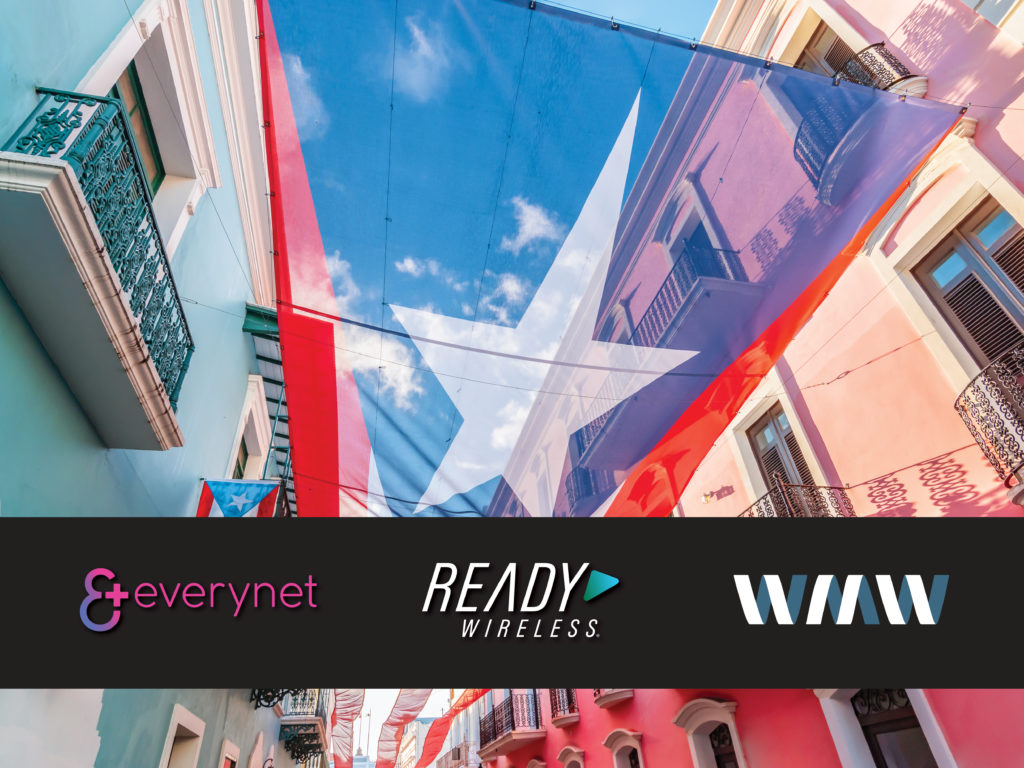In the not-so-distant future, cities around the world are undergoing a radical transformation, embracing the power of the Internet of Things (IoT) to revolutionize urban living. This fictional case study takes you on a journey through a cityscape where innovative IoT solutions are seamlessly integrated into the fabric of urban life, redefining how residents experience and interact with their environment.
Chapter 1: The Smart City Vision Unveiled
In the heart of the metropolis, visionary city planners unveil an ambitious plan to turn their urban center into a smart city. The vision encompasses an interconnected network of devices and sensors that collect and share data in real-time, fostering a more sustainable, efficient, and livable city for all.
Chapter 2: Traffic Management Reimagined
Enter the bustling streets, where a network of IoT sensors embedded in traffic lights, intersections, and roadways works in harmony to optimize traffic flow. Smart traffic management algorithms dynamically adjust signal timings based on real-time traffic patterns, reducing congestion and minimizing commute times. Residents experience a smoother, more predictable daily commute, thanks to the city’s commitment to IoT-driven traffic solutions.
Chapter 3: Waste Reduction Systems at Work
In the suburbs, waste management trucks equipped with IoT sensors roam the streets. These sensors monitor waste levels in bins, optimizing collection routes and reducing unnecessary pickups. As a result, the city sees a significant reduction in operational costs, vehicle emissions, and overflowing trash bins. Residents enjoy cleaner streets and a more environmentally conscious waste management system.
Chapter 4: Energy-Efficient Lighting Solutions
As the sun sets, smart streetlights illuminate the city with energy-efficient LED bulbs. Equipped with motion sensors and adaptive lighting controls, these lights brighten or dim based on the presence of pedestrians or vehicles, significantly reducing energy consumption. The city experiences both cost savings and a reduction in its carbon footprint, contributing to a more sustainable urban environment.
Chapter 5: Enhancing Public Safety
In the city center, a network of IoT-powered surveillance cameras and sensors collaborates with law enforcement to enhance public safety. Predictive analytics and facial recognition technologies assist in identifying potential security threats and monitoring crowd movements during large events. Residents appreciate the increased security measures, fostering a sense of safety and well-being.
Conclusion: The City of Tomorrow
As we conclude our journey through this fictional smart city, we witness the transformative impact of IoT on urban living. The integration of connected devices, data analytics, and smart infrastructure has not only optimized city services but has also created a more enjoyable and sustainable urban experience for residents. While this case study is purely speculative, it serves as a glimpse into the immense potential of IoT in shaping the cities of tomorrow – where technology fosters efficiency, sustainability, and an improved quality of life for all. The future is here, and it’s a connected one.

